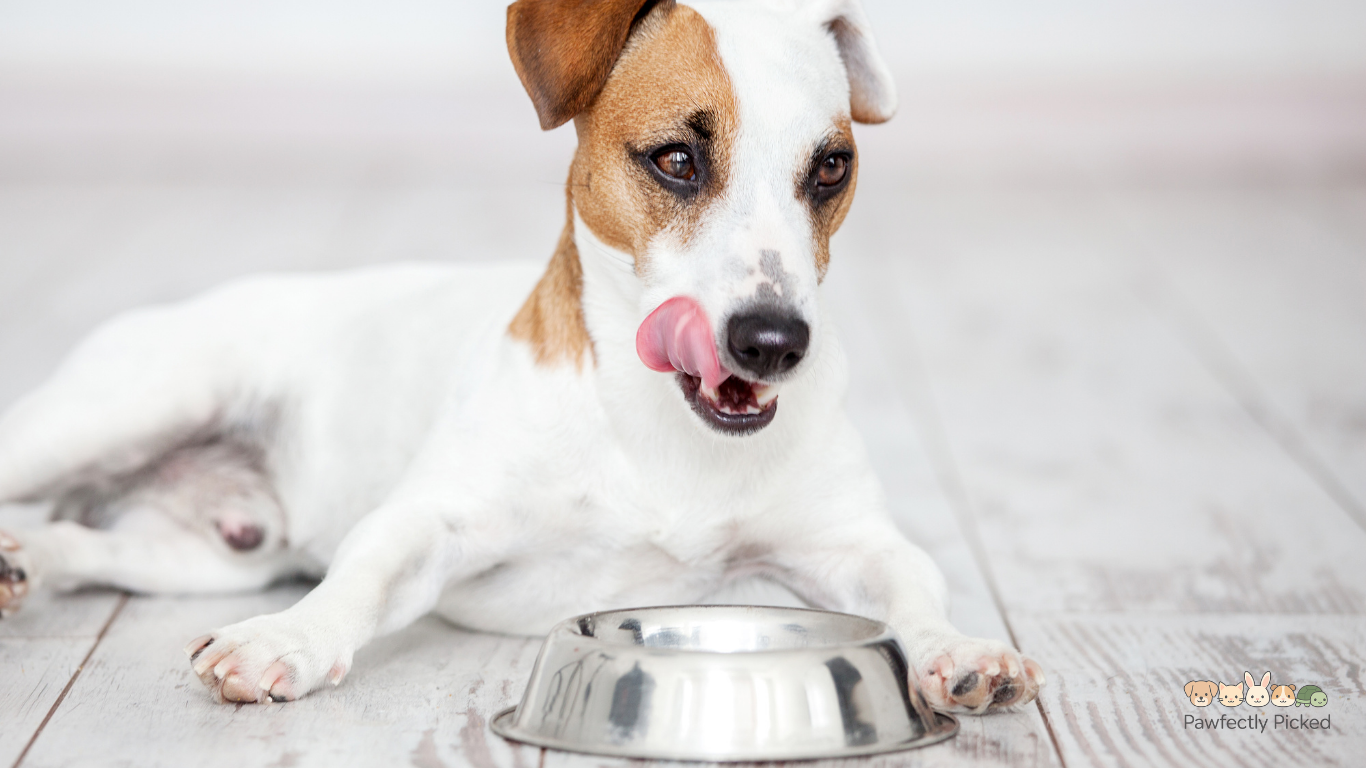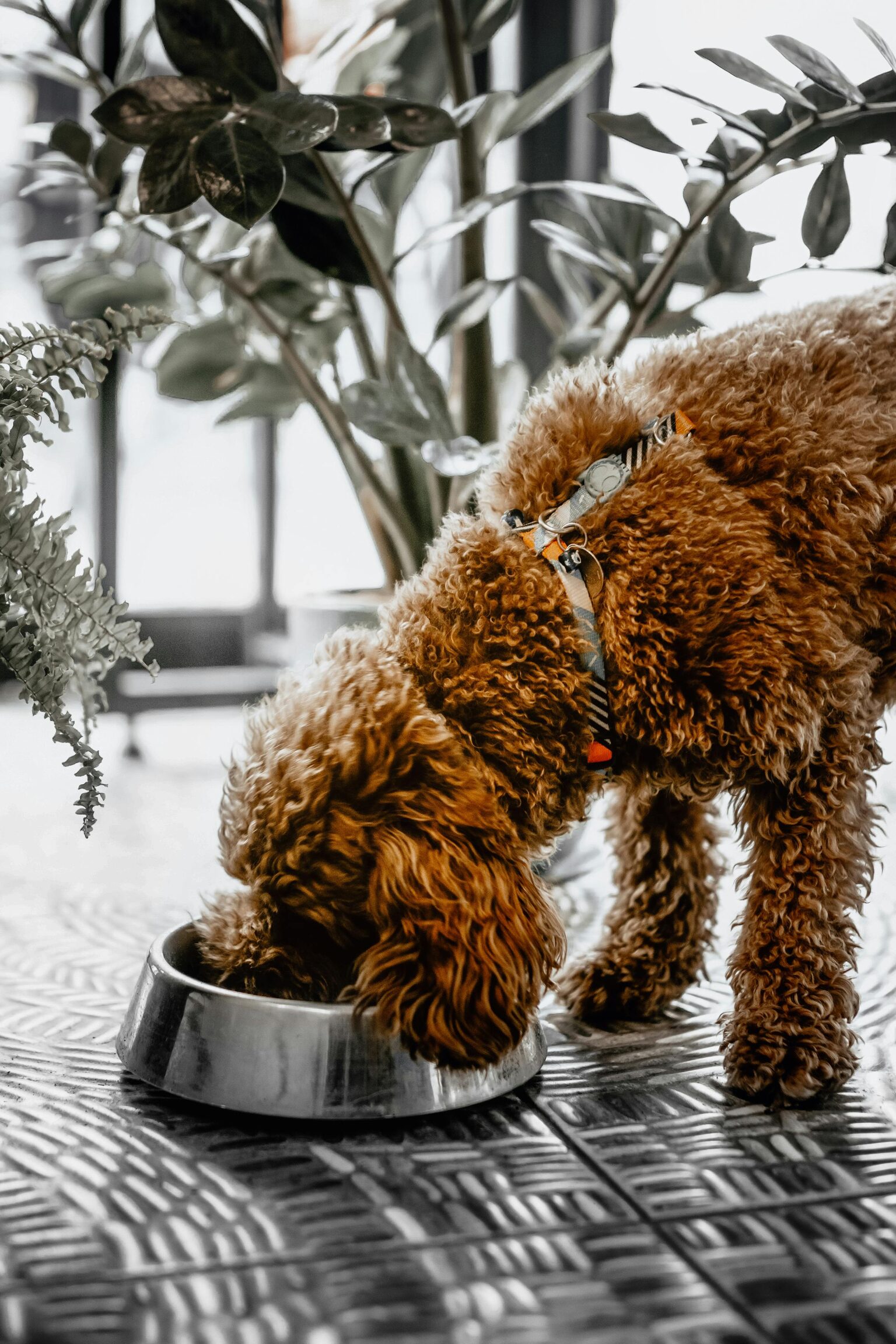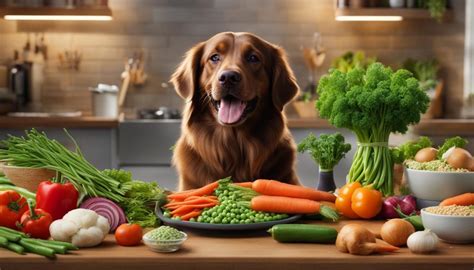Feeding your dog the right food is essential for their health, energy, and longevity. With countless options available, choosing the best dog food can be overwhelming. Here’s how to navigate labels, ingredients, and types of food to make the best decision for your furry friend.
1. Understand Your Dog’s Needs
Every dog is unique. Their breed, size, age, and health status all affect what kind of food is best for them.
Key factors to consider:
- Age: Puppies need higher calories and lots of nutrients. unlike Senior dogs may benefit from low-calorie diets with joint support and vitamins.
- Size: Large breeds have different nutritional needs compared to small breeds.
- Activity level: Active dogs burn more calories and may need a protein rich diet.
- Allergies or sensitivities: Some dogs with sencertive require grain-free or hypoallergenic options.
2. Learn to Read Labels
The ingredients list and nutritional info can reveal a lot about the foods quality.
What to look for:
- A named protein as the first ingredient (like chicken or salmon)
- Clearly listed whole ingredients
- AAFCO (Association of American Feed Control Officials) statement ensuring it’s complete and balanced
Avoid:
- Generic meat by-products
- Artificial colours or preservatives
- Excessive fillers like corn or wheat

3. Choose the Right Type of Dog Food
There are several types of dog food, each with its own pros and cons:
Dry kibble: Affordable and shelf-stable. Great for dental health.
Wet food: Tasty and hydrating, but can be more expensive.
Raw diets: Mimic natural eating but require careful handling.
Fresh or frozen: Delivered to your door, often tailored to your dog’s needs.
4. Consider Your Budget and Convenience
High-quality doesn’t always mean expensive. Look for foods that offer the best ingredients within your budget. Bulk-buy options or subscription deliveries can help save money and time.
5. Introduce New Food Gradually
When switching your dog’s food, do so over a week:
Day 1–2: 25% new food, 75% old food
Day 3–4: 50/50
Day 5–6: 75% new food
Day 7: 100% new food
This prevents digestive upset and allows your dog to adjust.
6. Watch for Signs of Good Nutrition
After transitioning to a new food, monitor your dog for these signs:
Healthy coat and skin
Consistent, firm stools
Steady energy levels
Healthy weight
If you notice itching, excessive shedding, or digestive issues, consult your vet.
Final Thought
Feeding your dog well is a key part of responsible pet ownership. Take time to choose the best food for your Dogs unique needs and always consult your vet when in doubt. A well fed dog is a happy dog!






